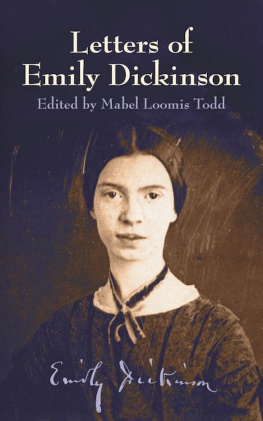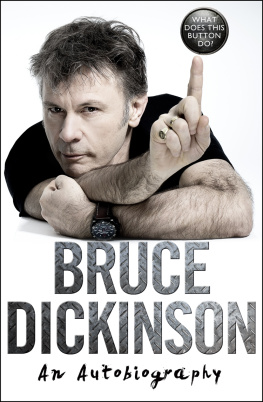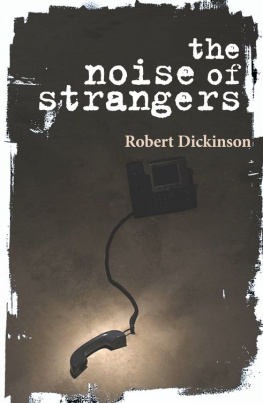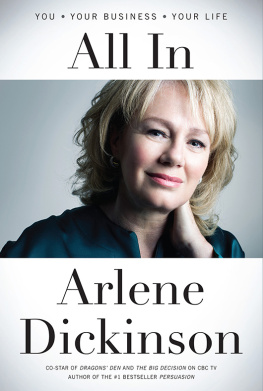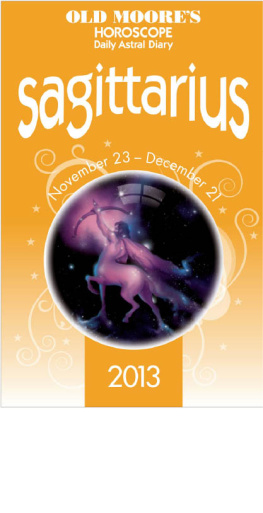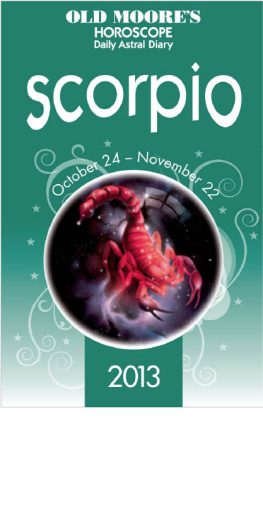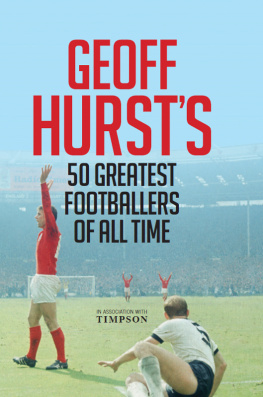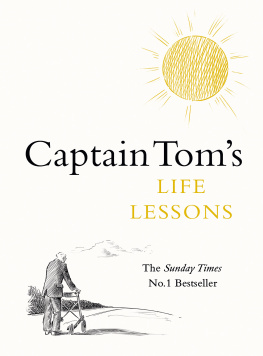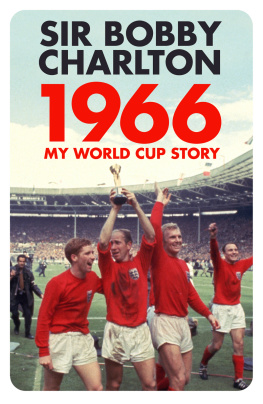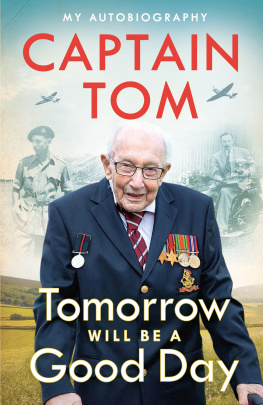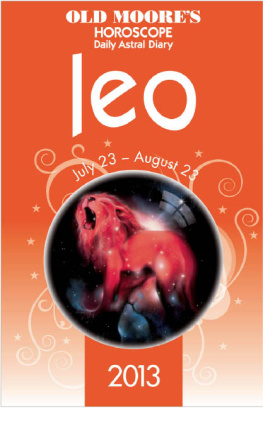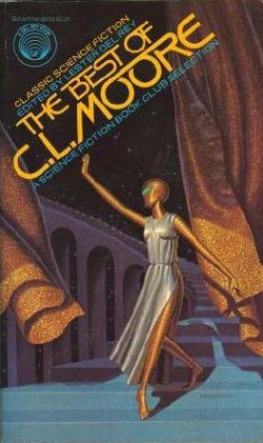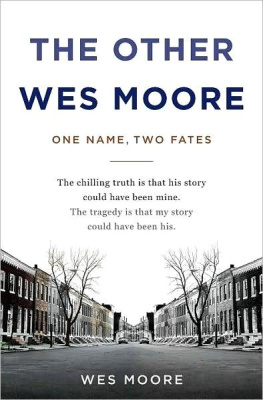Contents
About the Book
Immaculate footballer. Imperial defender. Immortal hero of 1966. Master of Wembley. Captain extraordinary. Gentleman of all time.
These are some of the words inscribed beneath the statue of Englands World Cup-winning captain, Bobby Moore, at Wembley stadium. Since Moores death of bowel cancer at just 51, these accolades represent the accepted view of this national treasure. But what do we actually know about Bobby Moore as a person? What about the grit alongside the glory?
Moore was undeniably an extraordinary captain and player. Pel called him the greatest and fairest defender he ever played against. His legendary feats for West Ham United and England and technical mastery of the game endure. Few footballers since have come close to his winning combination of intelligence, skill, temperament and class.
Yet off the pitch, Moore knew scandal, bankruptcy, divorce and drink. What about the string of failed businesses, whispers of bad behaviour, links to the East End underworld and turbulent private life? Ignored by the football world post-retirement, this great of the game drifted into obscurity and, famously, there was no knighthood.
Acclaimed football writer Matt Dickinson traces the journey of this Essex boy who became the patron saint of English football, peeling away the layers of legend and looking at Moores life from all sides in triumph, in failure, in full.
About the Author
Matt Dickinson is Chief Sports Correspondent for The Times, where he has worked for 17 years and covered five World Cups. He has won numerous awards including Sports Journalist of the Year. He has previously written books with David Beckham and Gary Neville but this is his first biography.
List of Illustrations
Bobby Moore statue (Getty Images)
Moore with school trophy (Photo donated to the London Borough of Barking and Dagenhams Archives by Jan Harrison)
Moore, Andy Smillie and Tony Scott (Press Association)
Malcolm Allison (Getty)
Moore doing press ups (Rex Features)
Ron Greenwood with Malcolm Musgrove, Ken Brown, Moore, John Dick and John Bond (PA)
Moore and England teammates following victory over Argentina at the 1962 World Cup (Getty)
Moore and Tina Dean, 1961 (Rex)
Moore with young fans, 1962 (Getty)
Alf Ramsey takes England training, 1963 (TopFoto)
Geoff Hurst FA cup final goal, 1964 (Getty)
Bobby Moore and Eddie Bovington (Rex)
Moore receives the FA cup (PA)
Moore celebrates with hammer (Getty)
Johnny Byrne holds the FA Cup as Bobby Moore fills the trophy with milk (PA)
West Ham United players celebrate winning the European Cup Winners Cup, 1965 (PA)
Hurst, Moore and Peters (Getty)
Moore and Jack Charlton (Rex)
Bobby Charlton scores against Portugal in the 1966 World Cup semi-final (Getty)
England and West Germany line up for the 1966 World Cup final (PA)
Moore playing in the World Cup final (Getty)
Geoff Hurst scores to make it 4-2 against West Germany (Getty)
Moore with Queen Elizabeth II (Getty)
Moore held aloft by his teammates as he lifts the Jules Rimet Trophy (Getty)
Moore, Ramsey and Stiles (Getty)
Moore poses with his wife Tina (Terry ONeill/Getty Images)
Moore with Sean Connery and Yul Brynner (Getty)
The Moore family pose as Pearly Kings and Queens (Mirrorpix)
Bobby Moore jogging (Rex)
West Ham United footballers at a social function (Getty)
Moore lifts model (PA)
Moore talks to the press in Essex after hearing news from Bogot, Colombia that he may face a trial for allegedly stealing a gold bracelet (PA)
England players enjoy a game of cards, 1970 (Popperfoto/Getty)
Moore tackles Brazils Jairzinho at the 1970 World Cup (Offside)
Moore and Pel exchange shirts (Offside)
Bobby Charlton and Alf Ramsey look dejected after Englands 3-2 loss to West Germany (PA)
Moore poses with ninety-nine children from a primary school near Upton Park on the eve of his 100th England appearance (Action Images)
Moore leads West Ham United out for his final game for the club (PA)
Moore with George Best and Rodney Marsh (Getty)
Fulham captain Alan Mullery and Moore console each other after they were defeated 2-0 by West Ham United in the 1975 FA Cup final (PA)
Moore signs an autograph outside Bobby Moore Sports Wear (PA)
Moore shows off one of his line of stylish fashion products (PA)
The opening of Mooros in Stratford, 1976 (PA)
Moore outside his home at Chigwell, Essex, 1978 (Getty)
Moore playing for Herning (Scanpix)
Moore, Michael Caine and Sylvester Stallone (All Star Picture Library)
Moore with Elton John (Getty)
Moore as Oxford City Manager (Rex)
Moore at Southend United (Action Images)
Moore with Southend United director John Adams (PA)
Moore working for Capital Gold (Offside)
Moore with Stephanie Moore (Rex)
Bobby Moore shrine (Rex)
For Helen, Joseph and Finlay
Prologue: On A Pedestal
MANY FOOTBALLERS BECOME heroes. Quite a few are called legends. What fascinated me, gazing up at Bobby Moore on his plinth outside Wembley, was how he came to be English footballs only saint.
Moore stands on a pedestal all of his own, though that was not always the plan. In the months following Sir Alf Ramseys death, as they considered ideas for the new Wembley, the FA discussed erecting a statue of Moore and Ramsey as they were on the pitch in 1966, captain passing the Jules Rimet Trophy to his reluctant manager. By the time it came to the unveiling, Moore was the sole focus and it was not a scene from the World Cup final that he represented.
The statue is not an action pose, or a triumphalist one. It does not capture a moment in history. Moore stands, arms crossed, left foot on the ball, in a timeless image of leadership and heroism. At twelve feet high, twice lifesize, he is awesomely imposing, with the sort of hulking thighs and calves you normally see drawn on superheroes. Standing sentinel outside the national stadium, the statue shows an Adonis, a man-god exuding an aura of absolute self-certainty and control.
On match day the crowds gather at Moores feet and read the inscription: Immaculate footballer. Imperial defender. Immortal hero of 1966. First Englishman to raise the World Cup aloft. Favourite son of Londons East End. Finest legend of West Ham United. National Treasure. Master of Wembley. Lord of the game. Captain extraordinary. Gentleman of all time. It is enough to make you wonder if, in sculpting Moore so beautifully out of two tonnes of bronze, Philip Jackson forgot to add a halo.
It was walking past that statue, reading the extravagant tribute, that I began to wonder how Moore came to be so revered. The adoration went way beyond his unique accomplishment as the only Englishman to lift the World Cup, the high point of English sport. In the New Statesman, Jason Cowley wrote of the cult of Moore which has arisen since his death in 1993.
National Treasure Gentleman of all time. Moore has become an idyll. In a world where we incessantly question our footballers characters, asking if they want it enough, if they are suitable role models, picking over their love lives and salaries, passing judgement not just on their skills but their morals, Moore is held up as a figure beyond reproach, a man of almost superhuman virtue. After every indiscretion by an England player, we hear how Moore would be turning in his grave. It is almost enough to make you pity the modern star; not only doomed to World Cup failure but forced to stand comparison to a paragon.
Next page

